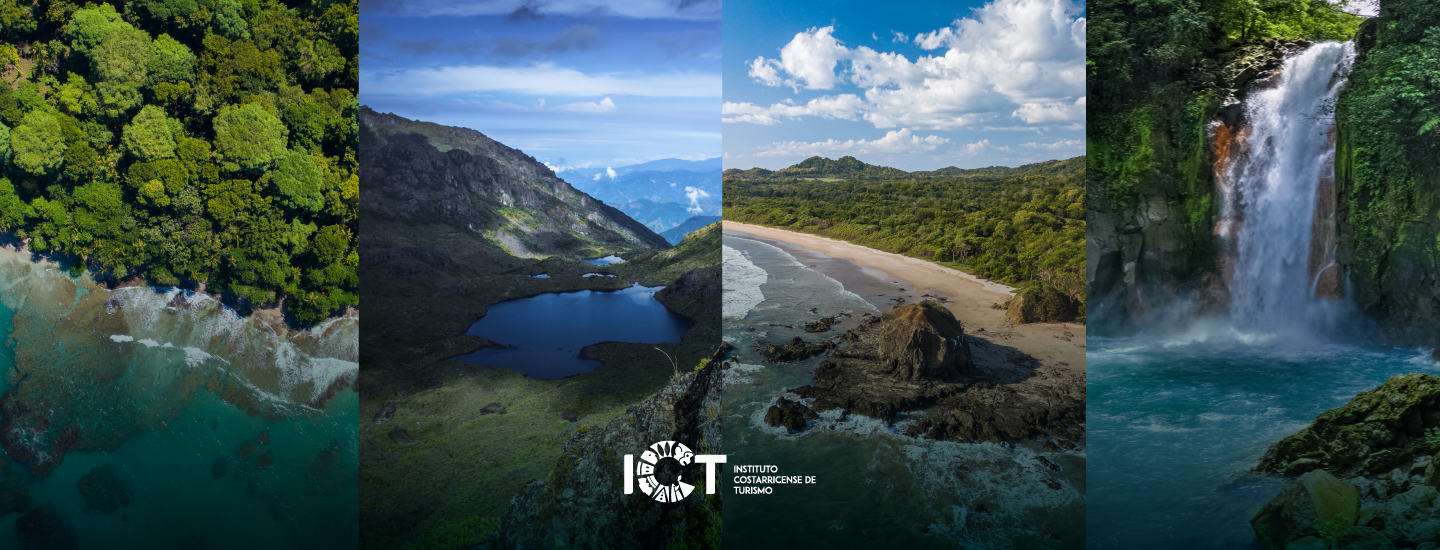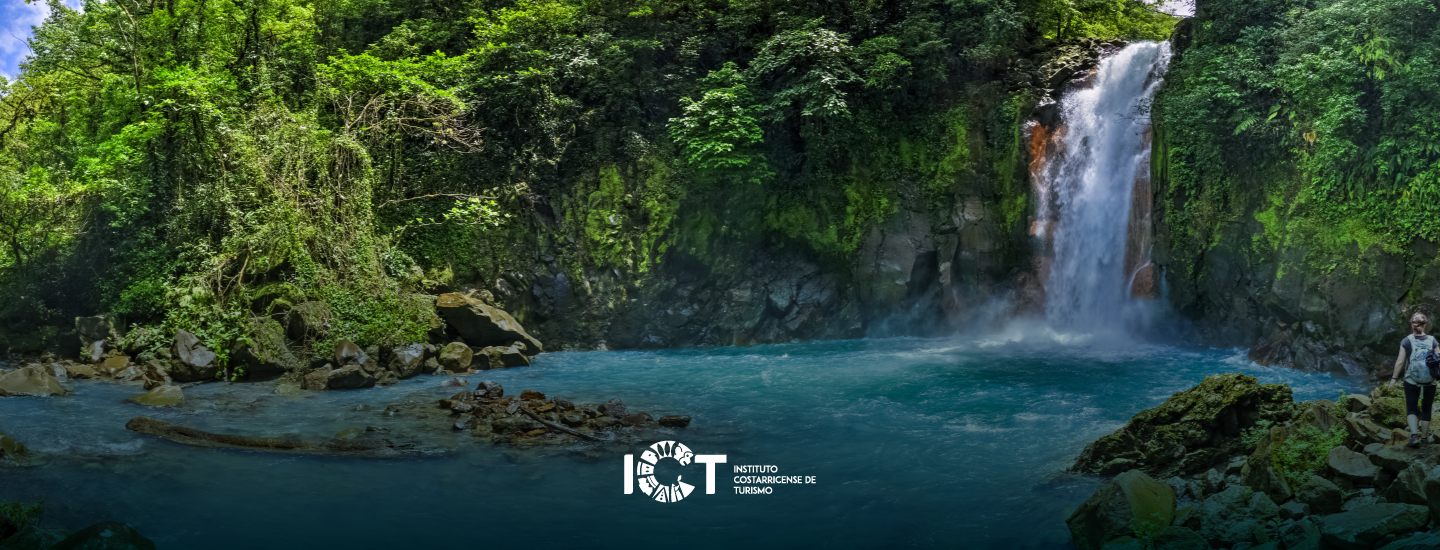Unique Experiences in the Poás Region
- The communities of Poás, Vara Blanca, Fraijanes, Poasito, Sarchí and Bajos del Toro are making the final preparations to receive visitors during the mid-term holidays
- The Poás Volcano is waiting to welcome these vacationers as well.
An imposing figure, known for its activity, the Poás Volcano is a perfect example of how a “living mountain” can bring about diverse, exciting tourist attractions in the neighboring areas. In this case, this area includes the communities of Poás, Vara Blanca, Fraijanes, Poasito, Sarchí and Bajos del Toro.
Just a few days away from the country's mid-term vacation, between July 2-13, this region is putting the finishing touches on a series of unique experiences for domestic tourists, with the volcano standing by as a -mostly- silent witness.
The unparalleled vistas include a pleasantly cool climate that allows for the delightful treat of local strawberries that feature prominently in the region's cuisine, as well as tours of dairies or visits to majestic, picturesque waterfalls like the Catarata de la Paz.
The options don't end there: there is ziplining, trout fishing, hikes through stately landscapes and even the largest carreta, traditional ox-cart, in the world, full of a thousand curls and colorful figures.
The Laguna de Fraijanes is the perfect spot for a picnic.
Make sure you don't miss the plume of steam, vents and other emanations from the Poás volcano, which often stretch hundreds of meters into the air, providing an extra spectacle for visitors.
Institutions, local government, non-governmental organizations and the government have been working together on the quick and secure re-opening of the Volcán Poás National Park.
“The mid-term school vacation period allows Costa Rican families to look for unique alternatives at reasonable prices. We invite Costa Ricans to escape to the Poás region, which stands out for the series of productive partnerships that promote the development of this destination, with adventure, cuisine, relaxation and family fun always on offer", said Alberto López, General Manager of the Costa Rican Tourism Board.
A tourist's delight on the slopes of the volcano
Poás. This town, famous for its strawberries, coffee and queso palmito, a local cheese, is also home to decorative flower and fern production. Poasito is a community some 10 km from the Poás massif, with traditional restaurants where meat is the specialty, and many souvenir stores.
Fraijanes. Just 18 kilometers from downtown Alajuela, it is located on the route to the volcano. It is known for the lake that bears its name in the Laguna de Fraijanes Recreational Park, a family- and budget-friendly alternative with plenty of parking. A relaxing assortment of trails, boats, cabins and fishing await!
Vara Blanca. It is located between the Poás and Barva volcanoes. A highlight is the Catarata de la Paz, a powerful 40-meter waterfall.
Bajos del Toro. It also has a sky-blue waterfall located in a reserve between the Poás Volcano and the Juan Castro Blanco conservation area. The water falls from a distance of more than 90 meters, and the town boasts lodging options for those who want to spend the night and do it all over again the next day.
Sarchí. This town is the cradle of Costa Rican craftsmanship, especially the traditional carreta, or ox-cart, a colorful symbol of Costa Rican culture and identity. Visit the ox-cart factory, a classic but unmissable attraction of the region, where you will discover the painting and assembly process. The factory has ox-carts that can fit in the palm of your hand and one that won the Guinness World Record for its size, at 14 meters long and 5 meters high.
Come enjoy the attractions that are on offer on the slopes of the colossal volcano.
For more information, please visit www.visitecostarica.com and the Vamos a Turistear Facebook page. In addition, you can get in touch directly with Diego Jiménez at 8890-8957 or Karen Downs de la Cámara from Poás Tourism:

